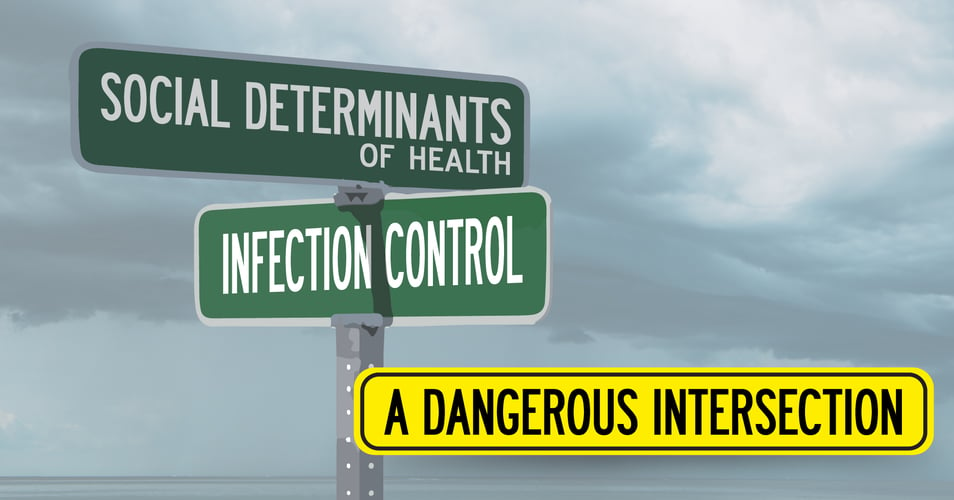3 min read.
New Product Adoption: Are You Ahead of the Curve? (And What To Do if Not Everyone Else Is)
The release of any new phone model reveals much about where people fall on the product adoption curve. There are the...
![EOScu Logo - Dark - Outlined [07182023]-01](https://blog.eoscu.com/hubfs/Eoscu_June2024/Images/EOScu%20Logo%20-%20Dark%20-%20Outlined%20%5B07182023%5D-01.svg)












